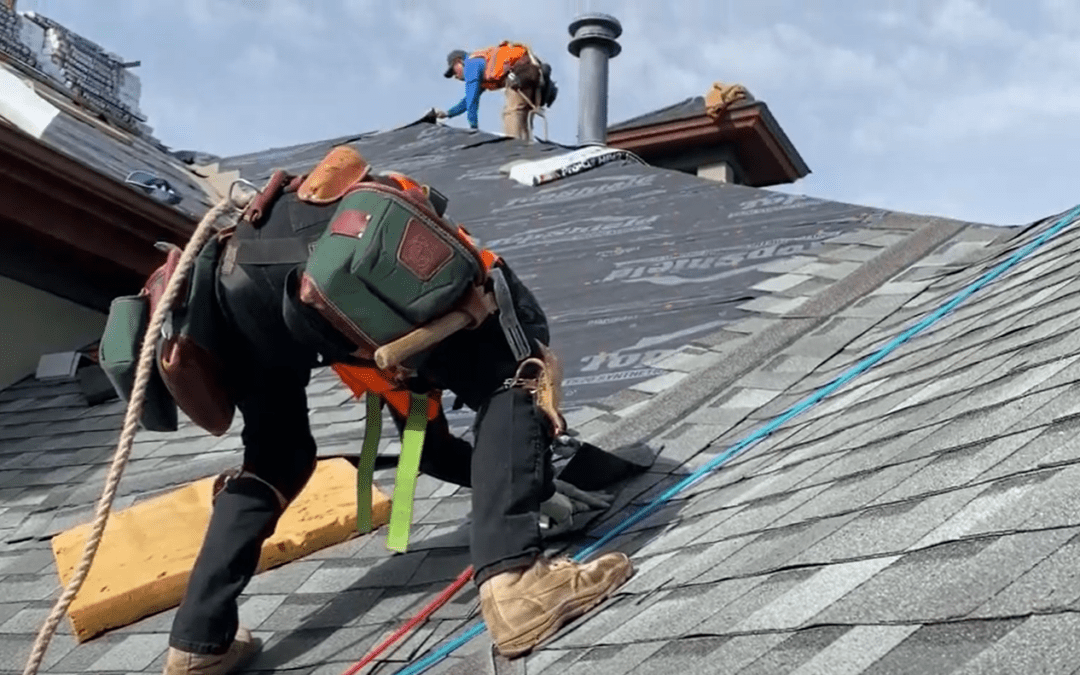How to Assess Various Roof Choices for Your Building Demands
Evaluating roofing options for your structure calls for a thorough approach that considers numerous factors such as the intended use the structure, local environment conditions, and product features. It is crucial to weigh the advantages and downsides of different roofing types, from asphalt tiles to steel and clay tiles, while likewise factoring in initial costs and long-term upkeep. Furthermore, understanding power efficiency and aesthetic appeal can influence your decision. As you ponder these factors to consider, one concern remains: which elements will eventually direct your choice for a sustainable and aesthetically pleasing roof covering option?
Examining Your Structure's Demands
To effectively evaluate roof options, begin by extensively examining your structure's demands. Beginning by considering the structure's planned usage, as various frameworks may necessitate varying roof covering specs. Domestic roofing systems typically focus on aesthetic appeals and insulation, while commercial structures might concentrate on longevity and load-bearing capacity.
Next, examine the local climate conditions that will certainly influence roof covering performance. Elements such as temperature variations, precipitation levels, and wind patterns can influence material selection and design. A roof that excels in a warm climate might not execute as well in areas susceptible to heavy snowfall or severe warmth.
Furthermore, assess the architectural integrity of your building. Make sure that the existing structure can support the chosen roofing materials, particularly if taking into consideration larger options. It is also important to evaluate any kind of regional building regulations or laws that might dictate certain needs for roof.

Comparing Roof Materials
Once an extensive analysis of your structure's needs has been completed, the next step entails comparing numerous roofing products. Each material provides distinctive benefits and downsides, making it vital to straighten your option with your specific needs and scenarios.
Asphalt roof shingles are widely identified for their cost and convenience of installment, making them a preferred alternative for domestic structures. On the other hand, metal roof covering, known for its longevity and longevity, can withstand extreme climate condition but might feature a higher preliminary financial investment.
Clay and concrete ceramic tiles give outstanding thermal insulation and aesthetic appeal, especially for Mediterranean-style design, yet they call for an even more robust architectural support because of their weight. Timber trembles offer an all-natural appearance and great insulation buildings yet might demand much more upkeep and are at risk to fire risks.
Assessing Expense and Spending Plan
Assessing your roofing alternatives necessitates a mindful evaluation of expense and budget plan considerations. The overall budget plan for a roof covering task comprises numerous aspects, including material costs, labor expenditures, upkeep, and possible lasting financial savings. It is crucial to develop a clear spending plan before discovering certain roof covering materials, as this will certainly direct the decision-making procedure and assist you prevent overspending.
Begin by getting quotes from several service providers to recognize labor expenses in your region. Make certain that these quotes include all required services, such as removal of the old roofing, installment, and any type of extra functions, like insulation or ventilation enhancements - Roofing Contractor. Next off, evaluate the cost of different roof materials, taking into consideration both preliminary installment costs and anticipated life expectancy

Comprehending Energy Effectiveness
Energy effectiveness plays an essential function in the selection of roofing products and systems, substantially impacting both energy consumption and general comfort within a building. A well-chosen roof can enhance thermal performance, decreasing the need for heating and cooling down systems, which subsequently lowers power costs and reduces ecological effect.
When reviewing roofing choices, take into consideration products that reflect rather than take in warm. Furthermore, appropriate insulation and ventilation are vital to enhance the power efficiency of the entire roof system.
An additional essential variable is the roof's durability and upkeep needs. Durable materials that need less regular substitute add to long-term power financial savings. The power effectiveness of a roofing system can additionally be evaluated with its compliance with well established sustainability rankings such as Power CELEBRITY or LEED.
Considering Aesthetic Charm
A roofing system's visual allure significantly influences the overall look of a structure, complementing its architectural design and enhancing curb charm. Perrysburg Roofer. When reviewing roofing choices, it is important to consider just how the chosen product, color, and layout will certainly harmonize with the existing structure and area. A properly designed roof covering can elevate also the most basic of buildings, transforming them into visual prime focus
Various roof covering materials use different aesthetic qualities. For instance, traditional shingles may This Site stimulate a classic appeal, while steel roofing can pass on a modern, sleek appearance. Additionally, the color of the roof covering product plays an important function; lighter tones can make a structure appear more sizable, while darker tones may develop a cozier atmosphere.
Additionally, building aspects, such as dormers and eaves, can improve the roof covering's visual impact. my sources It is a good idea to talk to professional developers or architects to make certain the chosen roofing option aligns with the overall style intent. Ultimately, a roof needs to not just provide functional advantages but additionally add positively to the building's aesthetic, showing the proprietor's preference and the character of the surrounding setting.
Verdict
